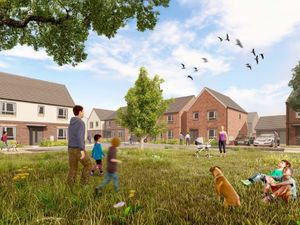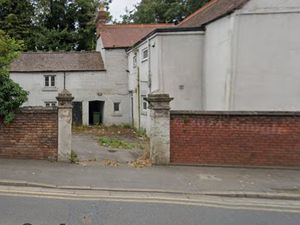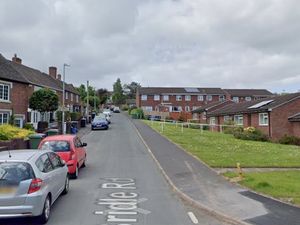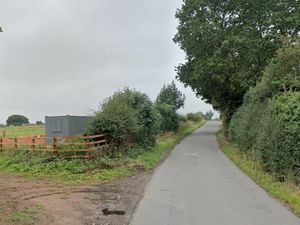Urgent work takes place at one of Ironbridge Gorge's most important buildings
One of the most historically important buildings in the Ironbridge Gorge had its roof urgently repaired to greater extent than anticipated after more serious damage was discovered, planning documents reveal.
Watch more of our videos on ShotsTV.com
and on Freeview 262 or Freely 565
Coalbrookdale Museum of Iron, also known as Warehouse with Clock Tower, is a Grade II star listed building with links to Brunel’s Great Western steam ship.
Ironbridge Gorge Museum Trust has just applied for retrospective planning permission and listed building consent after the work carried out went beyond the ‘light touch’ it originally had permission for.
The former Coalbrookdale Company’s warehouse was originally built in 1838.
The elaborated decorative clock and its cupola was erected on 1843 to advertise the company wares and its specialisation in decorative cast iron. It is believed that the cupola is made of two cabin stoves from the famous steam ship
It stands next to the original furnace in which Abraham Darby I first smelted iron with coke in 1709. It was a discovery that helped start the Industrial Revolution.
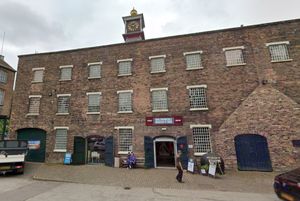
Oliver Architecture Ltd found in 2021, that the clock tower required urgent repairs. Planning and listed building consent was gained for some “light touch work” in 2024.
But when they opened up the roof perimeters it was “revealed that the felt beneath is considerably damaged, due to the number of alterations.”
They added in documents submitted to planners at Telford & Wrekin Council, that the “light touch approach granted in the original permission received on June 21, 2024 would not ensure the weathertightness of the building for the client.”
It completed the work and, after being advised by the council to submit a proposal for retrospective planning permission, have done so.
It says the works were “essential to preserve the architectural and historical significance of the listed building and extend its longevity, thereby allowing the future generations to enjoy the industrial period of Ironbridge Gorge.”
Planning and listed building applications are asking for retrospective permission to replace felt and battens to nine roof pitches, to re-use of existing tiles six roof pitches, to replace tiles to three roof pitches and base of clocktower


